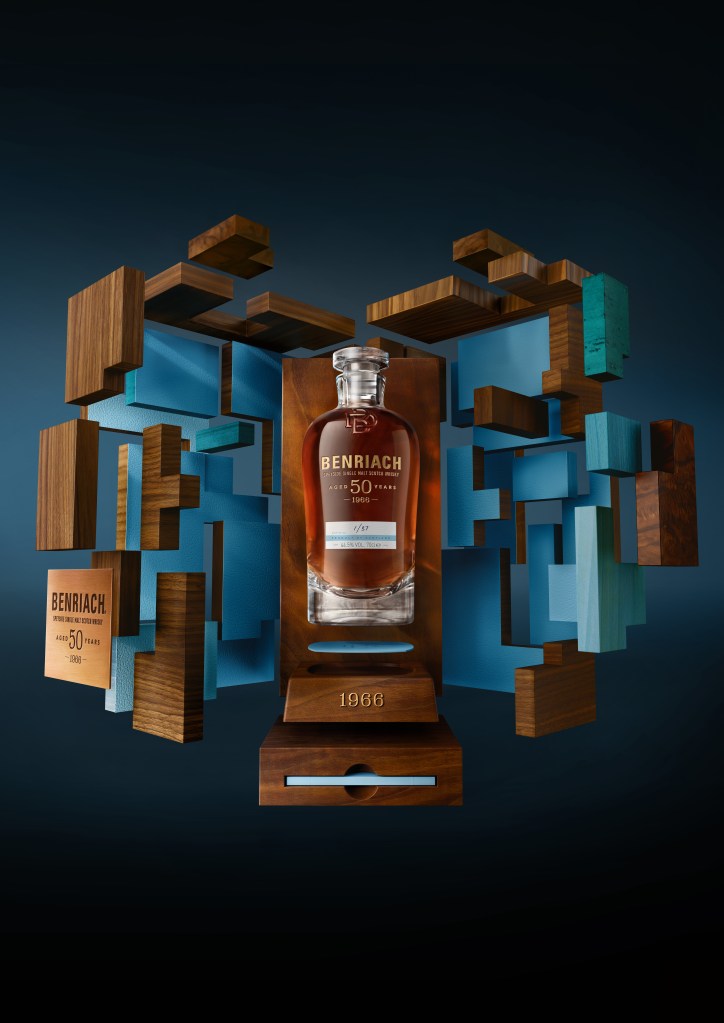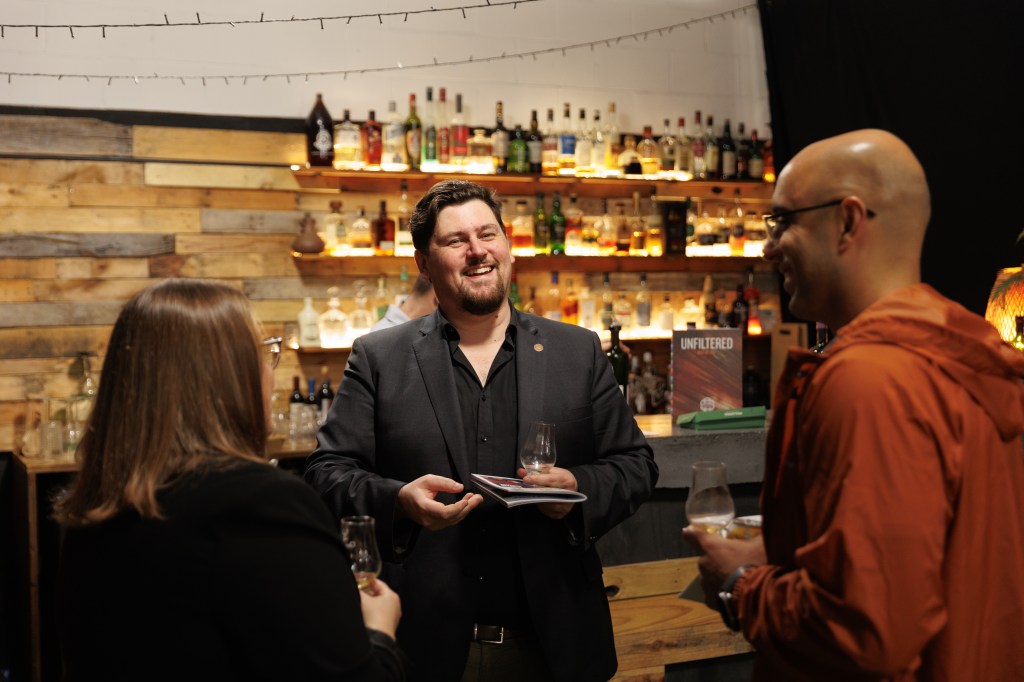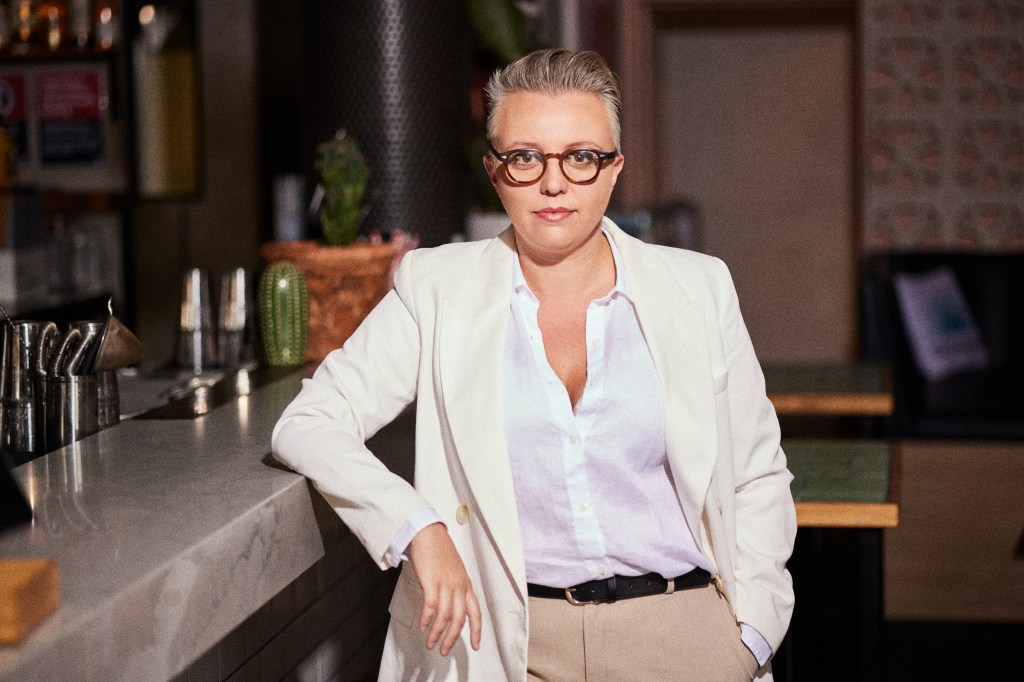Crucial tips on whisky investing … Or how to find that $9,000 bottle that will resell for $1 million.

Bartender Kate McGraw recently paid $2,600 for a bottle of Johnnie Walker Red Label.
Red Label retails for about $40, but this bottle was more than 50 years old, and McGraw bought it out of curiosity. “I’m not going to lie. I drank it. I wanted to see what the difference was [with the modern Red Label]. It was more a personal flavour pursuit than anything.”
What did she learn? Testimony to the skills of the blenders, it hadn’t changed much from the current issue.
She’s talking about whisky investing, but, hey, you only live once. Regardless, “it’s a great example of how much whisky has increased in value,” she says. “Nobody anticipated in the 1960s that their bottle of Johnnie Walker Red Label was going to be worth what it is now.”
And loving whisky is first among McGraw’s top tips for whisky investing.
So too for Matt Bailey, Australian branch director of the Scotch Malt Whisky Society [SMWS]. Bailey estimates whisky investment has returned about 10% annually over the last decade, despite whisky markets being slow. “Whisky is still outperforming the stockmarket. If the stockmarket is getting 8%, I can confidently say a valuable bottle of whisky will get at least 10%.”

Capitalising on an ever-increasing demand for unique bottles, the Brown Forman-owned Benriach distillery has just released a 50-year-old with a $48,000 price tag.
So is it worth it?
Bailey says the price “sounds about right” for something so old with so few bottles. Though he warns that there is no guarantee of investment success, because the scarcity and appreciation might already be baked into the price.
Benriach had been closed for 65 years when it was reopened in 1966, and one ex-bourbon cask was put aside from that very first year back in production. So while McGraw’s 50-year-old bottle of Red Label had remained frozen in time, the fluid in this cask had 50 years to soak up the bourbon cask’s smoky aromas. It filled just 37 bottles at 44.5% alcohol. They are presented in a crystal decanter and bespoke box.
Bailey says the best way to invest is to follow what drinkers are doing. “I run into people every so often who say, ‘I don’t drink whisky, but I love collecting it and investing in it, but I don’t know what to buy.’ Of course you don’t know what to buy because you’re not enjoying the product. You don’t understand it. It’s like a wine collector who only ever bought Wolf Blass and Penfolds.”
He recommends whiskies with an “age statement” that were bottled at their cask strength, as opposed to the standard, excise-driven 43% alc/vol.
“Then it’s often the less mainstream, more cult-following distilleries that end up being the most collectable. And it also comes down to scarcity.
“I’ll give you an extreme example. A colleague bought a bottle of a hand-painted Hibiki 35-year-old blended whisky. Japanese whiskies are hot at the moment. Every bottle was a Japanese artist with a very fine paintbrush doing the artwork around the bottle. They looked phenomenal. The retail was around $9,000 a bottle which was a lot of money in 2015 when whisky wasn’t as cool as it is now. I’ve seen them pop up at auction every now and then, and they go for nothing less than $1 million to $1.1 million. You’ve turned $9,000 into a million bucks in less than 10 years which is insane. It’s always down to craftmanship and scarcity.”
McGraw’s first tip for a safe investment is to pick a distillery that’s been around for a long time. “There’s a reason for that. They wouldn’t be around if they weren’t producing great stuff.

“I’d be looking at smaller distilleries that have a cult following. What’s the number one selling single malt where you are? In Sydney it’s Talisker. So this is going to be indicative of where demand is going to be in the future. I’d do some reading. If it’s got a great story, that’s a good starting point. If you’re buying one to drink and one to buy, you’ll know what it tastes like. The taste isn’t going to change but the availability will.”
Don’t buy from a newly opened distillery … Unless you’ve tasted it. “Ultimately people are going to buy them, like me, to taste them as opposed to having them sit in a cabinet.”
Find one-off bottlings or ones with unique packaging. Unsurprisingly, the unique expressions of single malts and the way they can change from year to year offers a greater selling point than the uniformity of blended whiskys.
So what percentage of investment grade whisky gets drunk?
“The cool thing is that investment-grade whisky can be $50. It can be $200. It can be a $20,000 bottle. They all serve different purposes. If you look at special-release collections where most people dip their toe in, at least 80% will drink that. Some will hang on to it. I’ll buy some to hang on to and some to drink.”
Having a separate storage area helps. “I’ve got a cabinet I’m allowed to drink from, and one I’m not allowed to drink from. If it’s something you’re planning to sit on for 40 or 50 years, it’s best to store them in a cooler space. You’re going to see less deterioration of the packaging over time. Modern bottles are pretty good. They’re not going to seep. With older bottles, you’ll see cork evaporation. That’s where you keep it at five degrees, but realistically with current packaging it’ll be fine to sit in a cabinet for 20 years.”
Her recent buys?
“I’m not a wealthy person, but last year I bought the Cameron Bridge 26-year-old [currently about $600], I bought Oban 11-year-old [about $180] and the Singleton of Glen Ord 15-year-old [about $160]. This year I’m definitely going to pick up a bottle of the Glenkinchie 27-year-old [about $600] then the Roseisle 12 [$170].
“I know I just said don’t buy from a brand-new distillery but … having tasted the Roseisle 12, you only get one shot at a first release and this is delicious.”
Arbitrage
The Scotch Malt Whisky Society is a for-profit company that operates like a club. It has 2,000 Australian members and 45,000 worldwide. SMWS buys casks and bottles them itself at whatever strength they come out of the cask, rather than diluting them to the economically advantageous 43% alcohol level.
Bailey says they discourage investing in their bottles and prefer their members collect and drink. “We’ve had a steady supply of literally single-cask McCallum coming through and we sell it to members at what we consider a fair rate, which is always pretty low. Then they appear at auction [at a 20%-to-100% markup]. We discourage members from investing and on selling our whisky. On selling without a liquor licence is against the law, but it’s also against the ethos of SMWS. We’re a club where bottles are meant to be opened and shared and drunk in good faith.”